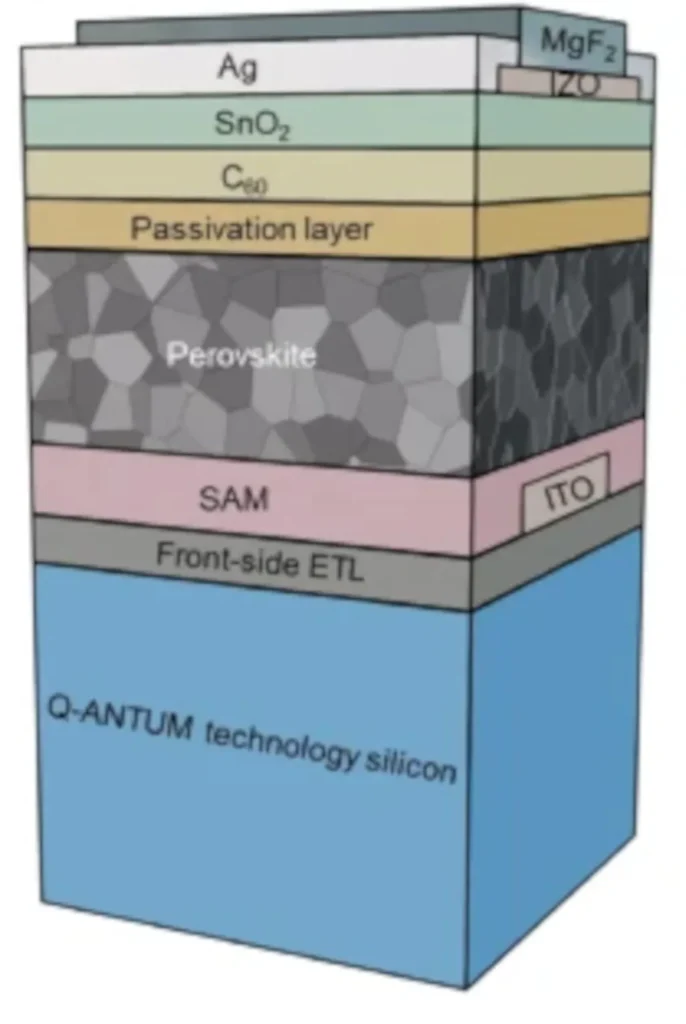In the quest for more efficient and stable solar energy solutions, researchers have long been captivated by the potential of metal halide perovskites. These materials have shown remarkable promise in optoelectronic applications, but their surface defects have posed significant challenges. Enter Yang Gui, a researcher from the State Key Laboratory of Silicon and Advanced Semiconductor Materials at Zhejiang University in China, who is spearheading a shift in how we approach these issues.
Traditionally, organic molecules have been the go-to for passivating the surfaces of perovskites, a process that improves their optoelectronic properties and stability. However, these organic molecules often fall short due to their chemical instability and weak bonding. Gui and his team are exploring a different avenue: inorganic passivation. “Inorganic materials offer more stable chemical structures and stronger chemical bonding,” Gui explains. “This could lead to more robust passivation for perovskite surfaces, ultimately enhancing their performance and longevity.”
The implications for the energy sector are substantial. Perovskite solar cells have already demonstrated impressive power conversion efficiencies, but their commercial viability has been hampered by stability issues. By employing inorganic passivation strategies, researchers like Gui aim to overcome these hurdles, paving the way for more reliable and efficient solar panels.
The recent review published in *Information & Functional Materials* (translated from Chinese as *Information and Functional Materials*) summarizes the latest advancements in inorganic surface passivation strategies for perovskite materials and devices. It delves into the mechanisms behind various inorganic passivation methods, offering valuable insights for future developments.
This research could significantly impact the photovoltaics industry, potentially leading to solar cells that are not only more efficient but also more durable. As Gui puts it, “Our goal is to provide mechanistic insights and guidelines for more targeted surface passivation approaches tailored for perovskite materials and devices.” Such advancements could accelerate the adoption of perovskite-based solar technologies, contributing to a more sustainable energy future.
In the broader context, this work highlights the importance of innovative materials science in addressing global energy challenges. By pushing the boundaries of what’s possible with perovskites, researchers are not just improving solar cells—they’re reshaping the future of renewable energy.

